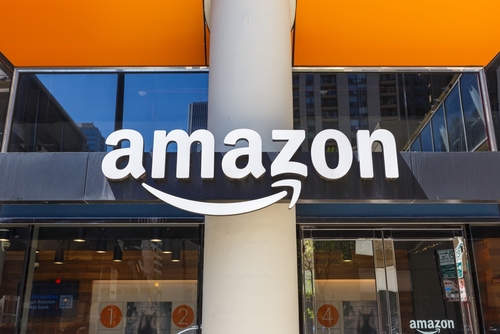As technology pushes the boundaries of privacy and convenience, Amazon and the TSA are advancing biometric solutions. Amazon's latest innovation, the Amazon One, lets users pay with the palm of their hand. Meanwhile, the TSA is expanding facial recognition technology to streamline airport security. But as these systems become more widespread, concerns about privacy and data security are rising.
Amazon One is already in use across select Whole Foods and Amazon Fresh stores. This system allows users to link their palm data to payment methods, providing a quick and contactless shopping experience. The process involves taking a photo of both palms, creating a unique "palm signature," which is stored on Amazon’s cloud servers. The company claims it deletes the original images, retaining only the mathematical representation. However, the potential for hacking and misuse of such sensitive data has raised alarm among privacy advocates.
Amazon is rolling out biometric tech at shopping malls across the US, that allows you to go into a shop and pay with your hand.
They are essentially showing us a sneak peak of their new mark of the beast tech 'creatively' called "Amazon One", that most of you connected the dots… pic.twitter.com/1xZdTnsK8p
— MAVERICK X (@MAVERIC68078049) May 19, 2024
On the other hand, the TSA’s growing use of facial recognition aims to simplify security checks at airports. The system captures a photo of travelers and compares it to the photo on their ID or passport, allowing them to pass through checkpoints faster. This technology is expected to reduce wait times and human interaction, offering a seamless travel experience. The TSA maintains that this system enhances security, but like Amazon's biometric initiative, critics are concerned about the implications of storing sensitive personal data.
Despite the convenience, privacy experts warn that these systems pose risks. Once biometric data is compromised, it cannot be changed, unlike passwords. While Amazon assures users that their palm data is secure, recent breaches in other sectors show the vulnerability of even the most protected data systems. Moreover, Amazon’s history with privacy concerns, including its involvement in surveillance through its Ring doorbell system, heightens fears over how this data might be shared or used without consumer consent.
Amazon is rolling out biometric tech at shopping malls across the US, that allows you to go into a shop and pay with your hand.
They are essentially showing us a sneak peak of their new mark of the beast tech 'creatively' called "Amazon One", that most of you connected the dots… pic.twitter.com/1xZdTnsK8p
— MAVERICK X (@MAVERIC68078049) May 19, 2024
TSA’s biometric technology has already expanded to dozens of U.S. airports, and its use is voluntary—for now. Travelers who refuse to participate can still opt for traditional ID checks. However, the potential for this technology to become mandatory in the future raises questions about personal choice and government surveillance. Many civil liberties organizations argue that the implementation of these systems lacks transparency, making it difficult for the public to understand how their data is being used and protected.
Both Amazon and the TSA claim that their biometric systems are designed with privacy and security in mind. Yet, they rely on a significant amount of trust from consumers and travelers. Critics argue that there needs to be stricter oversight, stronger data protection laws, and more transparent user agreements to prevent misuse. Some point to Europe’s GDPR regulations as a potential model for ensuring users have more control over their personal data.
As these technologies become more commonplace, consumers will have to weigh convenience against privacy. For some, the ability to pay with a palm or breeze through airport security is worth the trade-off. For others, the risks to personal data security are too great. What is certain is that the debate over biometric data and privacy will only intensify as these systems become more integrated into everyday life.
Whether for grocery shopping or air travel, these advancements highlight a growing trend where businesses and government entities push for more personalized data in the name of efficiency. How far consumers are willing to go in embracing these technologies remains to be seen.

